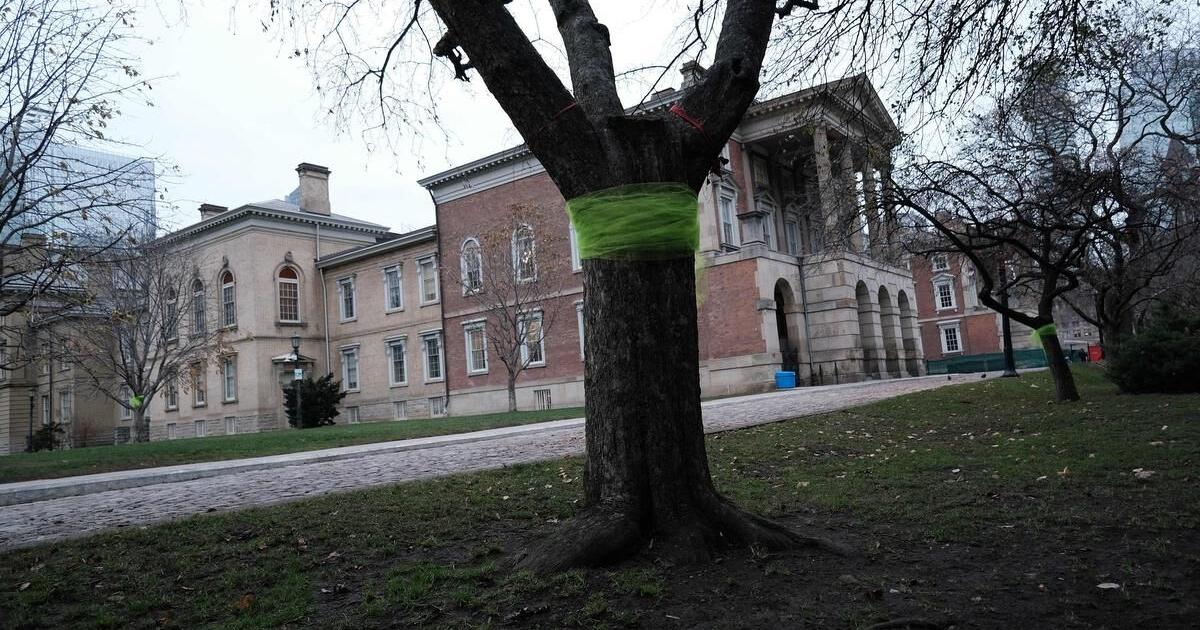NIMBYISM.
"foundation" concerns is a classic NIMBY issue for immediate neighbours of construction, and there are a lot of very reasonable ways to mitigate any issues on that front like active ground monitoring. The Osgoode Hall building is over 100 feet away from the station entrance location, any ground vibrations will significantly dissipate by the time they reach the building at that distance.
The Relief line didn't have this stuff because it cost twice as much per kilometre to build. Metrolinx is looking for ways to build things more economically, and this is part of it.
IF you learned that the "solution" to save these trees likely involves costs to the tunes of 100+ million dollars - is that a reasonable ask? It's possible, sure, and indeed the city used to regularly spend that much to mitigate marginal project impacts, but that doesn't mean it's a good idea.
Losing the trees sucks. But when it comes to building major infrastructure like new transit lines through the middle of one of the largest cities on the continent, you aren't going to do it without any impacts.
